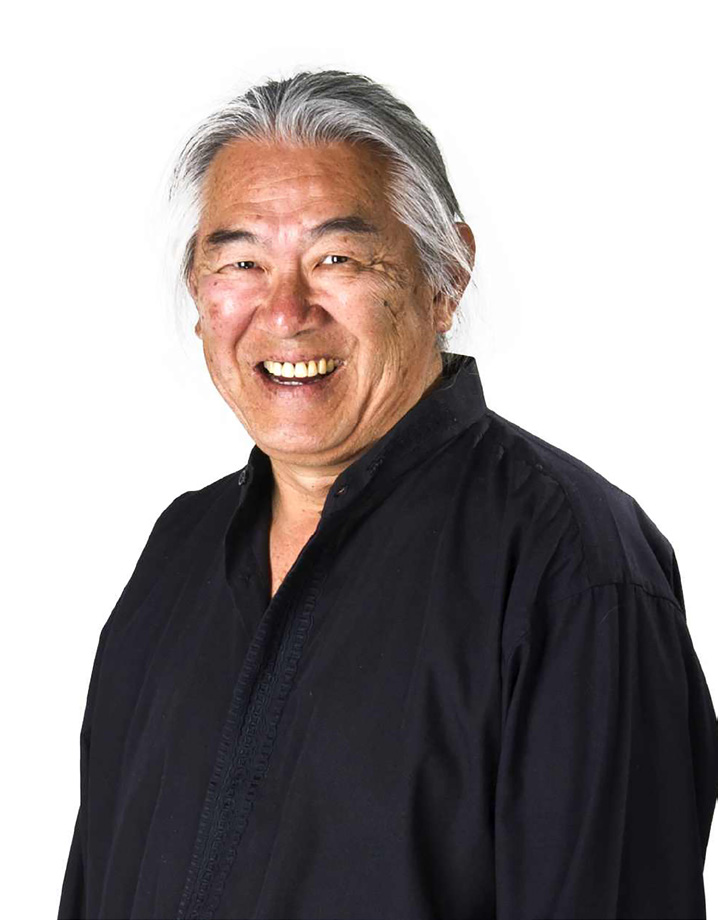Question#1 What was your company’s distinctive strategy for incorporating technology to meet UN Sustainable Development Goal?
As a technologist, I spent quite a bit of time thinking of many different ways and technologies which could effectively remove CO2 from the atmosphere – it was a tough and sometimes frustrating exercise because there was very little history and information on CO2 mitigation and in the end, I decided that technology’s role for this Climate Change project had to be supportive rather than enablement.
Therefore, the only other realistic option in terms of time, cost and proven capability was Nature Based Solutions since nature has been keeping emissions in check for centuries. Upon more research, NBS displayed some outstanding benefits and as per original thinking, technology’s role was to assist in scaling and management of a magnitude that has never been conceptualized or realized.
Our tech stack will consist of:
- Satellite 1 – to monitor observe weather, water and crop yields and location.
- Satellite 2 – communication, data transfer.
- Drones – closer monitoring of crop, soil, collection and deliveries of samples
- Web 3 – information, stats, communication, fintech and digital marketplace
- AI – overall management, stats
Question#2 What challenges did you face while working on your project/ initiative, and how did you overcome them?
Challenges for this project were present before we even started – mainly historical myths.
The three main challenges we faced included:
- Climate Change? What is Climate Change? – and especially the immediacy of the situation.
- Scale – when one thinks of millions of hectares and then starts to draw these sizes on a map, its hard to imagine that one could be standing on a mountain, looking over a vast tract of land as far as one can see and then being told that it’s only a few hundred hectares.
- Unpopular/Unknown plant species e.g.: Halophytes – plants that grow in brackish sea water. Really?
- Industrial Hemp – it’s the same as marijuana so we can get millions of people high. They come from the same cannabis family but hemp’s THC content (the stuff that gets you high) is very low, practically negligible.
So, it was constant updated information and clarification at every meeting and webinar, every document, media and leveraging those who are already converted.
Question#3 How did you involve local communities and stakeholders in your work, and what was their response?
Halophytes were worse than difficult to market because it didn’t make farming sense. Industrial Hemp (which is illegal in all but 12 African countries) had its challenges and by focusing on experienced legal and illegal indigenous farmers, we grew the stakeholder base. The UN and UNCTAD have both published positive “reasons why” papers which when you add monetary benefits, have been instrumental in starting to change mindsets at government and investor levels.
Question#4 Which organizational skills and assets can be harnessed to provide its goods/services without negative environmental and social impacts?
Transparency is critical, collaboration is essential in terms of resource sharing and the possibility of a better life provides the motivation.
In our case, everything we grow (our assets) will be converted into useful products and sold to global consumers. With the major environmental awareness resulting from climate change, we feel that the world will embrace products which reduce emissions, heal the earth and are environmentally friendly. Examples include a product called hempcrete which is made from hemp fiber and is stronger and lighter than steel.
The US Building Association does not recommend hempcrete for load-bearing walls, however, it is suitable for almost any other construction requirement. The BIG environmental plus for products like hempcrete is that it continues to sequester CO2 for its lifetime as a brick or other use in the building sector.
Personally, we took a mixture of hempcrete, gravel and small pieces of discarded rubber tires, mixed them together and poured the mixture into several potholes. The result was that water couldn’t seep into the pothole anymore and successfully provided a permanent solution to potholes.
The profits from the sale of these products on our digital platform will be shared amongst shareholders which are people including farmers, processors and manufacturers that have made a “meaningful contribution” to AGR.
Question#5 What is the role of businesses, governments, and civil society in achieving the SDGs, and how can they work together?
In this instance, governments should recognize opportunity, accept innovation and new ideas and provide regulation that benefits its citizens while protecting the vulnerable.
Business is there to finance, manage operations and ensure the sustainability of the project.
Civil society is to ensure that humanity is served, fair labour practices and working conditions are maintained and ensure that families receive the benefits of employment. “Business led, government supported and community benefits” would depict how these different societal sectors work together. For example, in the case of our Vertical Food Farms projects in African cities: the government has signed the concept note indicting its interest in the project with the next stage being the acceptance of the MOU between the government and the implementing party.
Following this would be the identification of locations to serve the target market (in this case, people in the cities with poor access to nutritional food which could not be delivered from the farms due to logistics, conflict, and finance). Business would participate in this phase as they would operate it in a sustainable manner. Lastly, in most cases, civil society identifies candidates who are employed in the facility as well as organizes distribution routes among the target market areas while ensuring that the food products are safe to consume.
Question#6 What impact has your project had, and what are your future goals?
It’s premature regarding the impact on the actual ground, but every day, we get more evidence, awareness and support about climate change, nature-based solutions, regenerative agriculture, the importance of soil and land, especially without chemicals, the circular economy, and supply chains, especially in Africa. Inquiries from countries, businesses and civil society groups in Africa and abroad including, Indonesia, Australia, Central America and Brazil, have come through and we expect that list to grow as word gets out that we have a project that has proven capability and benefits to people and planet including poverty alleviation and unemployment, which were heightened with COVID.
The future is already part of the present if one realizes that we can implement this project almost anywhere and with the realization that we have a single strategy to address multiple issues – the solution is doable. Many institutions ask us why we tag this project as “the Plan B that the World is waiting for” and our reply is simple –“there wasn’t a Plan A because we’ve never had to do this before.”
Are we the best solution out there? We’d like to think so.
Climate Tech will join once more research has been completed and tested and the costs have been drastically reduced, however, until then, Nature Based Solutions is the answer as long as we act with immediate action.
Question#7 What advice do you have for individuals/organizations seeking to create positive change and contribute to the SDGs?
“Ensure that whatever you do is aligned to your purpose”
Depending upon the situation, there can also be single solutions to multiple issues, therefore, look to the core of the issues and find the common denominator because solving a basic issue can have a cascading effect and address other related issues.
In many cases, we found that lack of access to water was the main issue and that the number of communities without access would quickly multiply. In this regard, we have innovated a solar-powered water generator which can generate anywhere from 500 to 400,000 liters of clean water every day from the air. Islands, farming communities and remote areas have come to us seeking a solution.
In another example (mentioned previously) we successfully mixed gravel, small pieces of cut-up rubber tires and hempcrete to fill potholes and suggested that key roads be sectioned off in 5 km strips. Local youth were identified, paid and given all the tools to ensure that the 5 km strip of road was kept clean and pothole-free would create thousands of jobs for rural youth while providing a much-needed service and reusing old rubber tires which were damaging the environment. Sadly, the government department responsible for roads didn’t see it this way and it never went to scale, however, we know that this opportunity will come around again, as slowly, people will realize that “Change is Inevitable”.
Question#8 How would receiving this SDG Award help you improve your impact and scale your project?
The timing for us has been heavensent; the validation and credibility of the EU Tech Chamber are very complimentary, as the majority of our management team originate from all corners of Europe. We expect this trend to continue as we focus on collaboration and partnerships on a massive scale with governments, institutions, NGOs, investors and communities. When we first started to conceive the project, careful selection of plant species was the order of the day. We discovered that if people or a community lived in an area surrounded by Industrial Hemp, they could survive because the crop would provide high-protein food and grain, housing, medicine, and economic opportunities. A few weeks later, a Special Study by UNCTAD on Industrial Hemp validated our choice which also included the ability for Hemp to be converted into thousands of other useful products but just as importantly, could sequester carbon 2-4 times faster and more than trees, grow from seed to harvest in just 120 days and many other benefits which had little exposure and awareness.
Halophytes also presented opportunities and benefits that were not apparent in the beginning. “Plants that grow in brackish seawater?” However, when one took into consideration the magnitude of the African coastline, the opportunities became apparent – especially for us in working together with the communities and organizations in the Sahel Desert area where they are losing an acre a minute to desertification and hundreds of thousands of people are forced to relocate from their homes.
Canada, Asia and Australia interests and inputs are increasing as well and the number of inquiries from Asia and South America to join is increasing… which is a great sign that if we work smart and together, we can get climate change under control, “reset” the agriculture sector to ensure that your children’s children will have food and provide the world with natural, organic and eco-friendly products and clean energy for generations to come… that’s a beautiful thought!






















